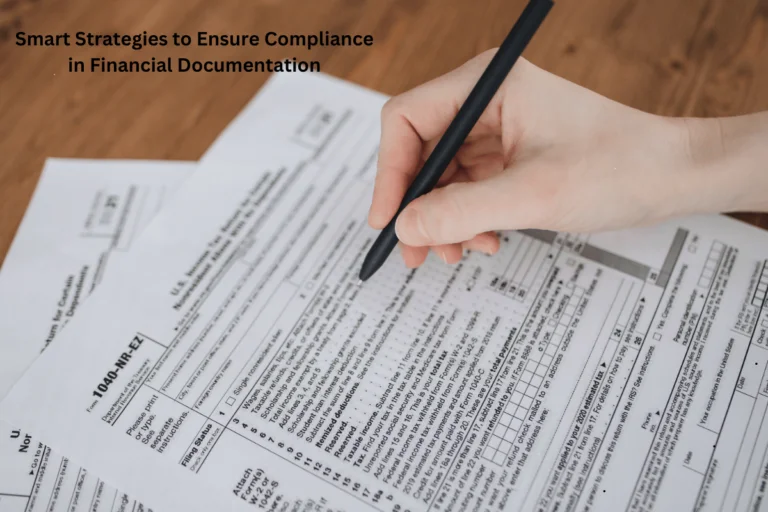Mitigating Third-Party Risks: What Organizations Need to Know
In today’s interconnected business landscape, organizations rely heavily on third parties—vendors, suppliers, and service providers—to keep operations humming. From cloud platforms hosting sensitive data to payment processors handling transactions, these partners are essential. But with that reliance comes risk. A single weak link can unravel an entire operation, exposing businesses to cyberattacks, outages, or regulatory penalties.
For the general public—small business owners, employees, or consumers—this is a wake-up call. Raising awareness about third-party vendor risks and proposing solutions to manage them can help organizations stay secure and keep serving their communities without interruption.
The Hidden Danger of Third Parties
Third-party risks aren’t theoretical—they’re proven. The 2021 SolarWinds breach, where hackers slipped malware into a software update, compromised thousands of organizations, including UK firms. Closer to home, the 2024 CrowdStrike outage—a glitch in a security update—grounded airlines and halted bank transactions worldwide, spotlighting vendor vulnerabilities.
Research from the Ponemon Institute pegs 59% of data breaches in 2023 to third parties, costing businesses an average of £3.8 million per incident in the UK, per IBM’s latest figures. For consumers, this means disrupted services or stolen data; for businesses, it’s a hit to revenue and trust.
Regulators are watching too. The UK’s FCA operational resilience rules, effective March 31, 2025, and the EU’s DORA, hitting January 17, 2025, hold firms accountable for their vendors’ failures. A payroll provider’s crash could derail FCA compliance if it stops staff payments. The message? You’re only as strong as your weakest partner.
Why Third Parties Pose a Challenge
Vendors bring expertise but also complexity. A small retailer might use a cloud service for inventory, a payment gateway for sales, and a marketing firm for ads—each a potential entry point for trouble. Unlike internal systems, third parties sit outside your direct control.
Their security gaps—like unpatched software or lax password policies—become your problem. A 2023 Verizon report found 62% of vendor-related breaches stemmed from misconfigurations or human error, risks you can’t fix yourself.
Scale amplifies the issue. Large firms juggle dozens, even hundreds, of vendors, making oversight a Herculean task. SMEs, meanwhile, often lack the resources to vet partners deeply, assuming a big-name vendor is “safe.” Both are wrong—size doesn’t guarantee security.
Step 1: Know Your Vendors
Mitigation starts with visibility. Map every third party touching your operations—software providers, logistics partners, even cleaning crews with keycard access. A café might list its POS system, Wi-Fi provider, and food supplier. Next, prioritize by risk: Which handle sensitive data or critical services?
A bank’s payment processor trumps a stationery supplier. Tools like a vendor security questionnaire at cyberupgrade.net can standardize this, asking: Do you encrypt data? How often do you test for breaches? Answers reveal who’s a liability.
Step 2: Assess and Audit
Dig deeper with assessments. A security compliance questionnaire probes a vendor’s defenses—think 2FA use, incident response plans, or GDPR alignment. For a cloud provider, ask: Where’s my data stored? Who accesses it? Audits take it further—request SOC 2 reports or run penetration tests if stakes are high. A logistics firm might test its tracking system’s resilience to ensure it won’t leak customer addresses.
Don’t stop at onboarding—reassess yearly. A 2022 breach at a UK marketing firm traced back to a vendor’s outdated server, missed in a one-off check. Regular audits catch drift before it’s a disaster.
Step 3: Set Clear Standards
Contracts are your leverage. Mandate security baselines—encryption, regular patching, breach notification within 24 hours. DORA demands this for ICT vendors; FCA rules echo it for critical services. A retailer might require its payment gateway to meet PCI DSS standards, with penalties for non-compliance.
Spell out accountability: if a vendor’s lapse costs you, who pays? A 2023 PwC survey found 45% of firms renegotiated vendor terms post-breach, proving clarity saves headaches.
Step 4: Monitor in Real Time
Trust but verify. Use tools like SIEM systems to track vendor activity—unusual logins or data spikes signal trouble. A bank might flag a payroll provider’s server sending odd traffic, nipping a breach early.
For SMEs, free NCSC tools or vendor dashboards can suffice. Pair this with incident sharing—require vendors to report glitches fast. The 2021 Kaseya attack spread because vendors stayed mum; transparency stops cascades.
Step 5: Plan for Failure
Even top vendors falter, so prep contingencies. Diversify—don’t lean on one cloud provider for everything. A retailer might split data between AWS and Azure, dodging a total blackout. Build redundancies—backup payment systems or manual processes for outages. Test these plans: a mock vendor failure drill ensures you’re not scrambling. For consumers, this means uninterrupted service even when a partner stumbles.
Real-World Lessons
Success stories inspire. A 2023 UK insurer audited its cloud vendor pre-DORA, fixing weak encryption before a breach hit—compliance and security in one. SMEs using Cyber Essentials vetted suppliers with free NCSC checklists, dodging 80% of common risks. But failures sting: a 2022 UK law firm lost £1 million to a vendor’s ransomware lapse, uncaught by lax oversight. Preparation separates winners from losers.
Challenges persist. Small firms balk at audit costs—yet a £500 review beats a £50,000 breach. Large ones drown in vendor sprawl, needing automated tracking. Both can win with focus.
Practical Solutions for All
Start small: list your top five vendors, send a basic questionnaire. Free templates from NCSC or NIST work—ask about backups, training, breaches. Mid-sized firms can hire consultants for £1,000-£5,000 to audit big players, cheaper than fines.
Tech helps—£50/month monitoring tools spot risks for SMEs; enterprises can splurge on AI-driven platforms. Train staff to spot vendor red flags—unpatched apps or odd emails. Collaborate—industry forums share vendor horror stories and fixes.
Contracts need teeth—add termination clauses for security flops. Test annually—simulate a vendor outage to prove resilience. For FCA or DORA deadlines, align now; regulators don’t care about excuses.








